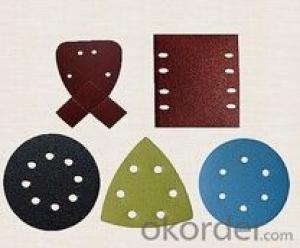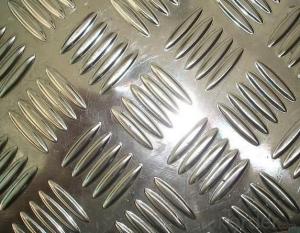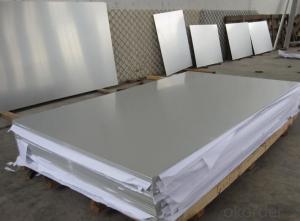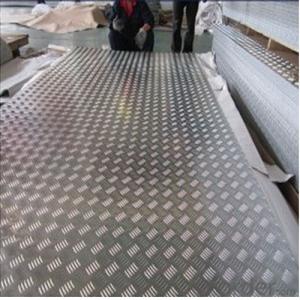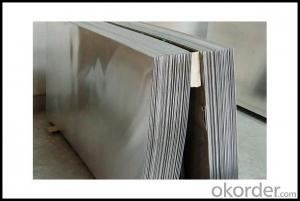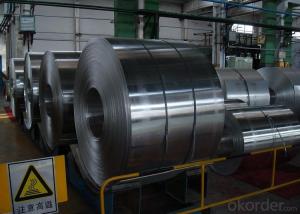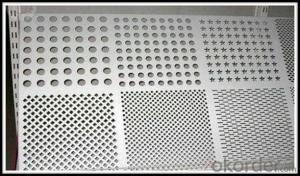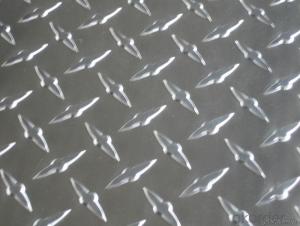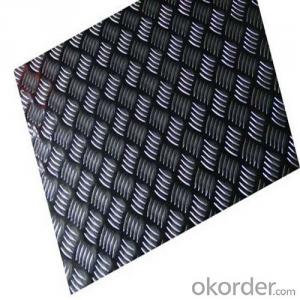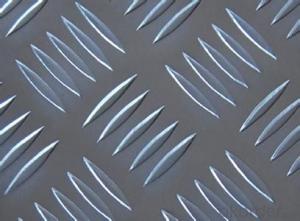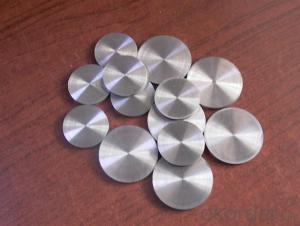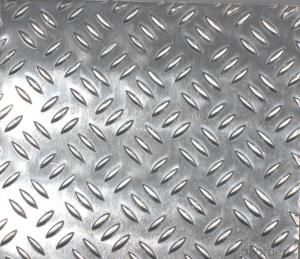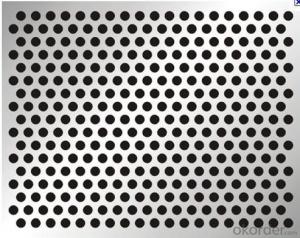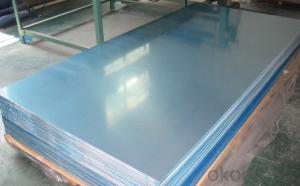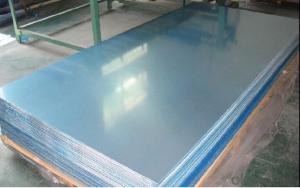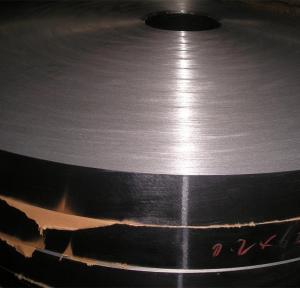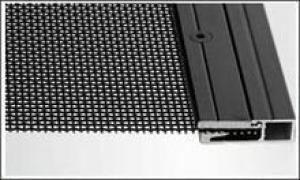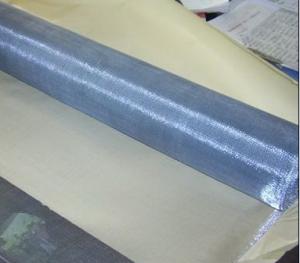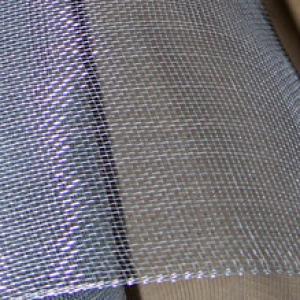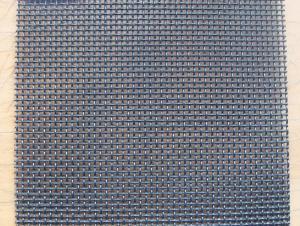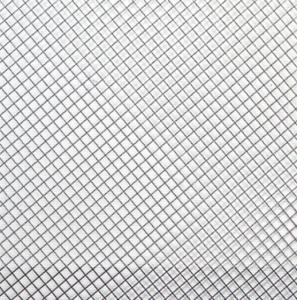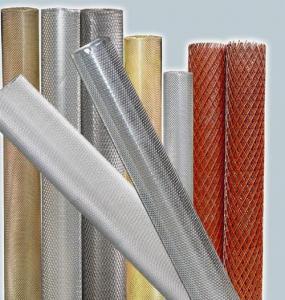Polishing Aluminum Diamond Plate
Polishing Aluminum Diamond Plate Related Searches
Polishing Diamond Plate Aluminum Aluminum Diamond Plate Polish Polished Aluminum Diamond Plate Diamond Plate Aluminum Polish Painting Aluminum Diamond Plate Polishing Aluminum Checker Plate Polishing Checker Plate Aluminum Welding Aluminum Diamond Plate Aluminum Diamond Plate Trim Polished Aluminum Plate Anodized Aluminum Diamond Plate Buy Aluminum Diamond Plate Cosmetic Aluminum Diamond Plate Polish Aluminum Diamond Plate Diamond Plate Aluminum Sheeting Diamond Plate Aluminum Trim Brazing Aluminum Diamond Plate Aluminum Diamond Plate Panels Aluminum Black Diamond Plate Painting Aluminum Plate Polishing Aluminum Foil Colored Aluminum Diamond Plate Bending Aluminum Diamond Plate White Aluminum Diamond Plate Aluminum Diamond Deck Plate Buffing Diamond Plate Aluminum Bending Diamond Plate Aluminum Aluminum Diamond Plate Cooler Diamond Checker Plate Aluminum Aluminum Diamond Plate For SalePolishing Aluminum Diamond Plate Supplier & Manufacturer from China
Polishing Aluminum Diamond Plate is a type of metal surface treatment product that is specifically designed to enhance the appearance and durability of aluminum surfaces. This product features a diamond-embedded plate that effectively removes scratches, oxidation, and other imperfections from aluminum materials, resulting in a smooth and polished finish. The versatility of Polishing Aluminum Diamond Plate makes it suitable for a wide range of applications and usage scenarios. It is commonly used in industries such as automotive, aerospace, and consumer electronics, where high-quality aluminum components are essential for both performance and aesthetics.The Polishing Aluminum Diamond Plate is an indispensable tool for professionals and enthusiasts alike who require a high-quality finish on aluminum surfaces. Whether it's for repairing damaged parts, restoring vintage vehicles, or creating custom aluminum products, this product offers a reliable and efficient solution. Its ability to deliver a consistent and professional-grade finish has made it a popular choice among those who demand the best results from their metalworking projects.
Okorder.com is a leading wholesale supplier of Polishing Aluminum Diamond Plate, offering a large inventory of this product to cater to the needs of various industries and customers. With a commitment to providing high-quality products at competitive prices, Okorder.com ensures that customers can access the Polishing Aluminum Diamond Plate they need to achieve the desired results in their projects. By partnering with reputable manufacturers and maintaining a robust supply chain, Okorder.com guarantees that the Polishing Aluminum Diamond Plate they offer meets the highest standards of quality and performance.
Hot Products


